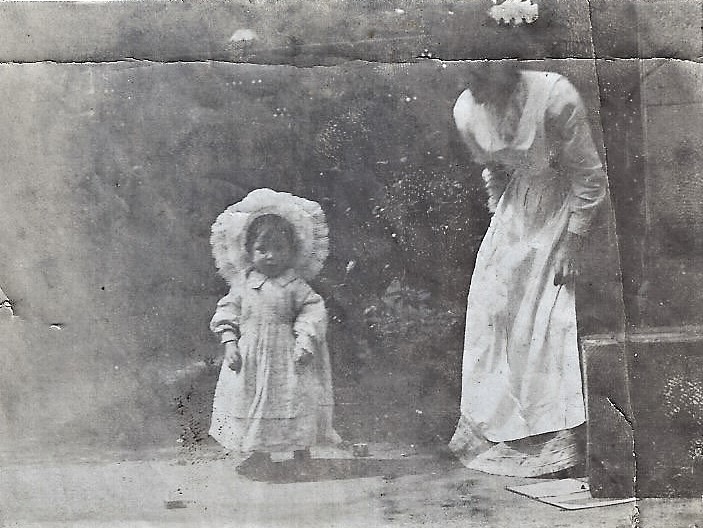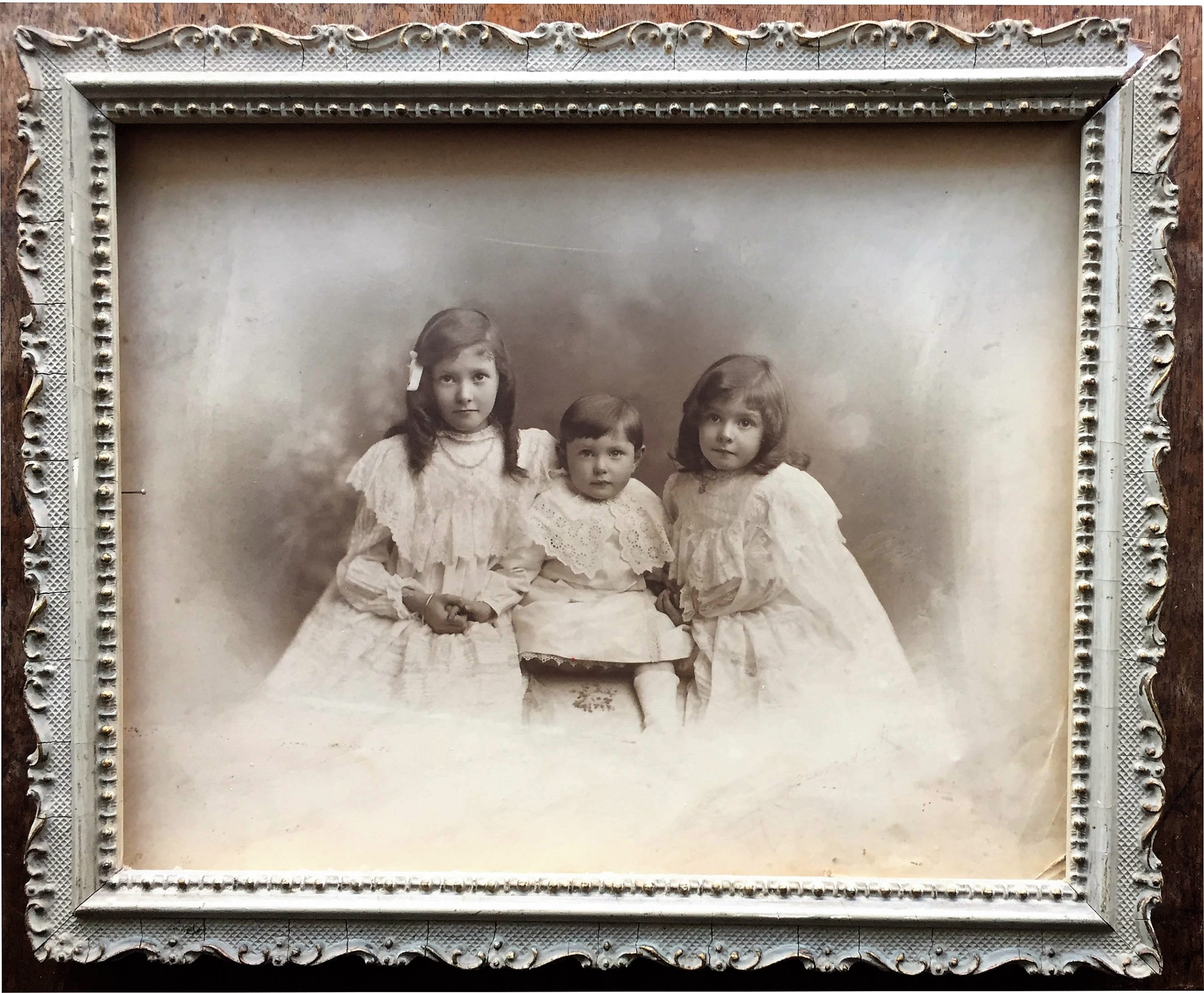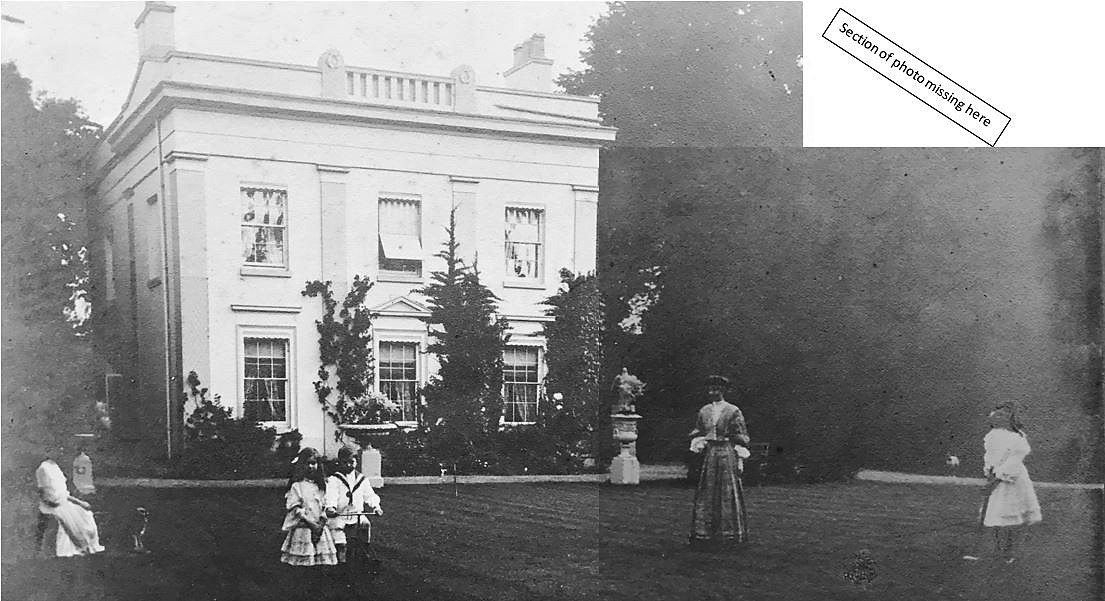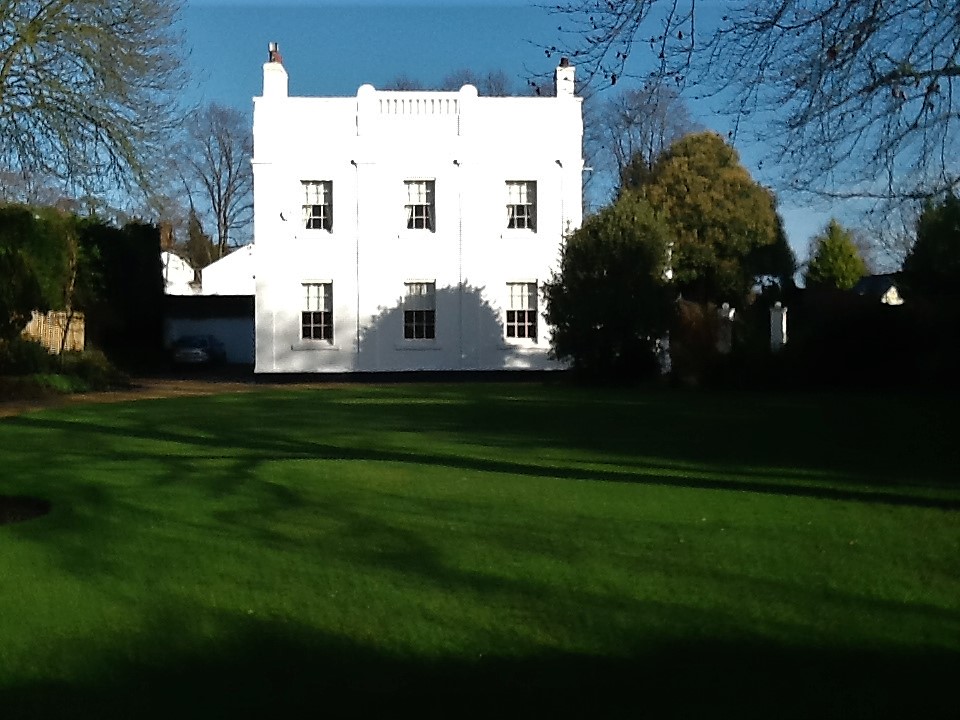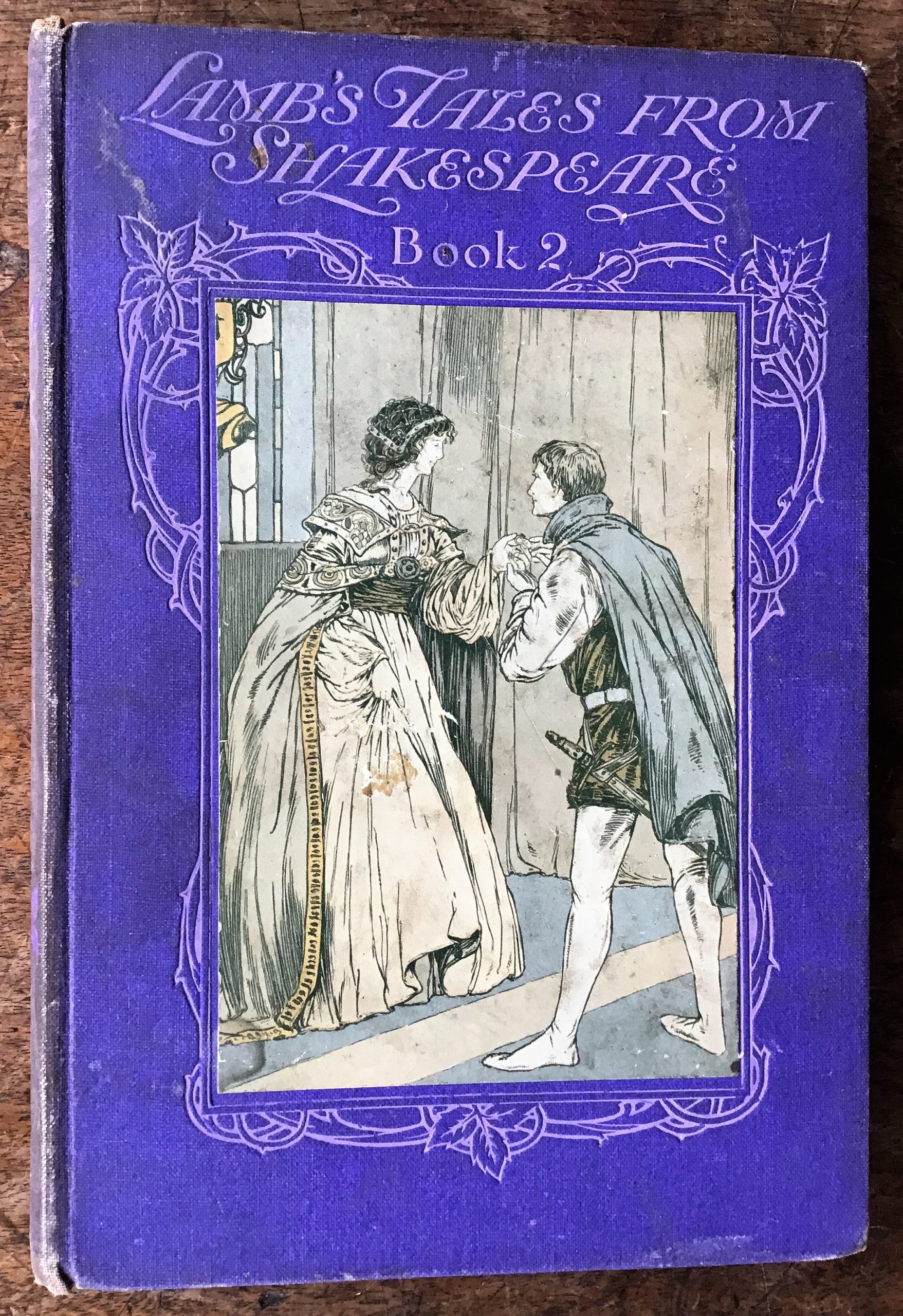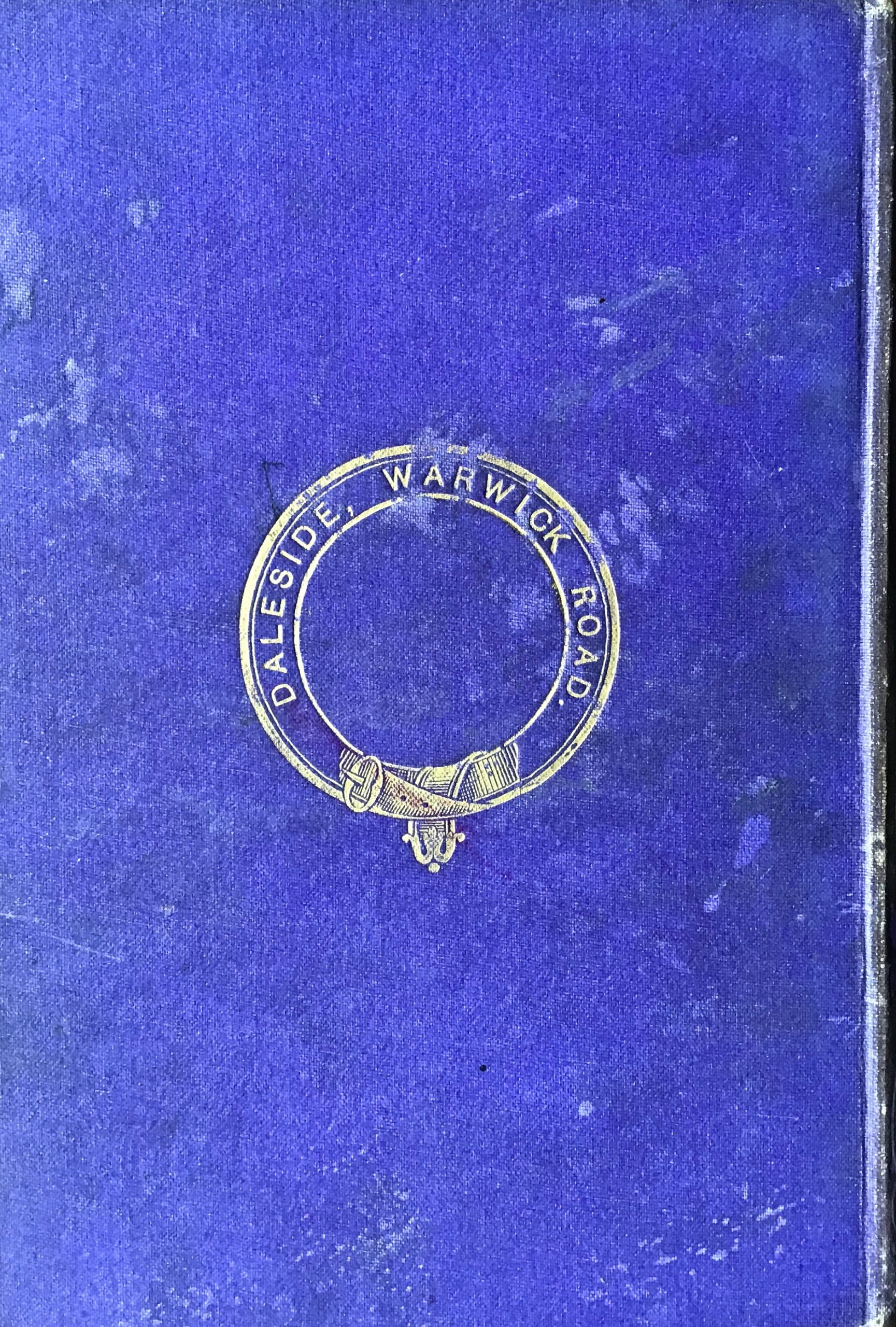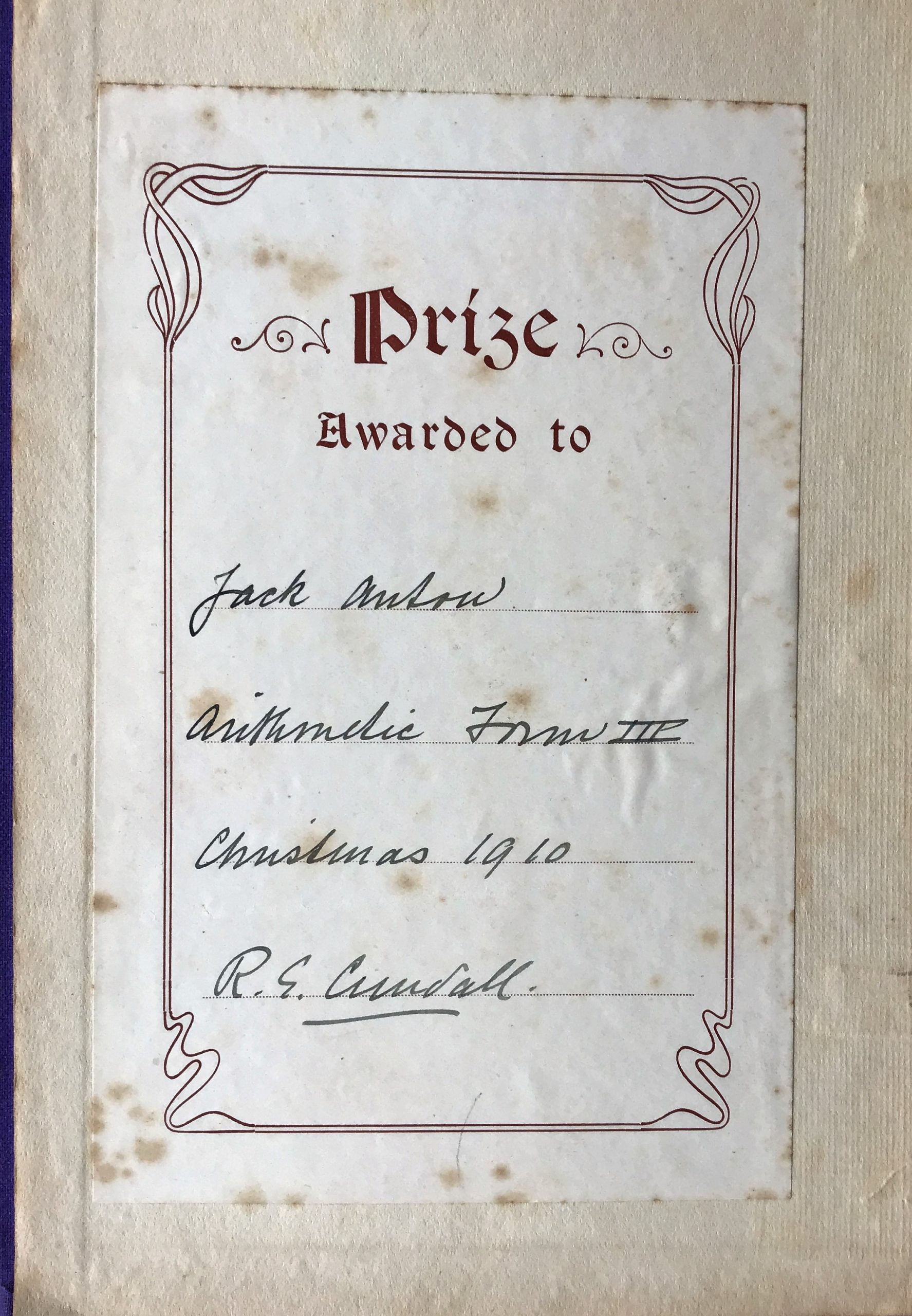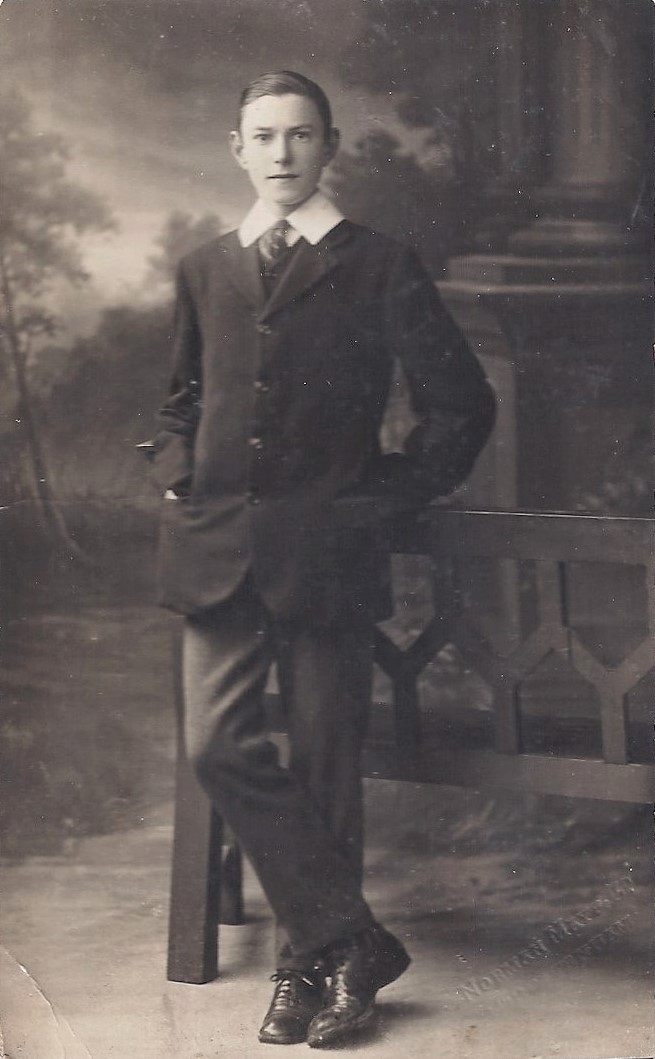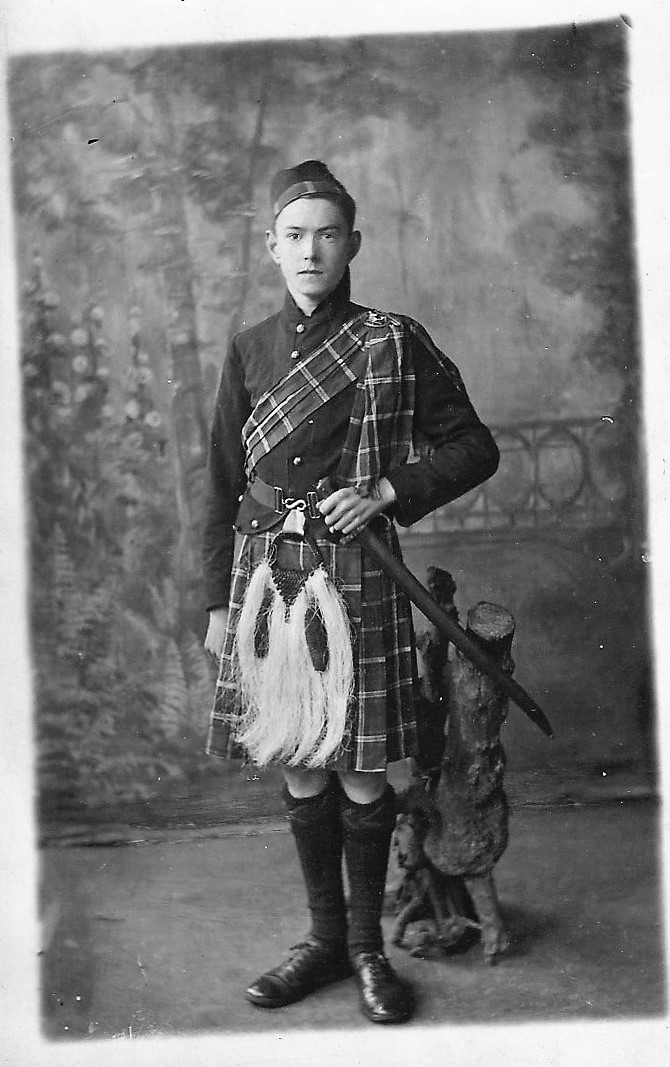Early Life and Schooling
The Anton family – the branch based round the tenanted farm, Redhill Farm on the side of Foreman Hill, a few miles east of Rothiemay village, near Huntley in Banffshire, Scotland.
When the story begins the farm was tenanted by Alexander Anton (born 1826) and his wife Ann Riddoch. They had four boys and two girls. The father of John Cyril Anton was the youngest boy, named William James (always called Willie).
The farm was so high and cold that the living was poor and all the children, except the eldest, had to leave home to seek their fortunes. (See Appendix – Anton Family). Nothing is known for sure of Willie’s early life, but it is probable that he took a job locally as a clerk in some enterprise and showed his ability to work hard. This gave him the confidence to seek his fortune further afield.
Pixie told her son that her father was so well thought of by the bank that he was sent around the Midlands from bank to bank to revive their fortunes by his astute management. From Nottingham, they moved to Belper, Leamington Spa, Cheltenham and finally Bristol, living in some places more than once.
This photo is of a family home near Leamington Spa with Isabel and John (five years old); their mother seated left with a dog; Pixie on the right (13); an adult lady on the right – possibly a governess, although her clothes seem too grand.
His success encouraged him to start his own bank just at the moment in time when small banks were amalgamating together to form larger ones. He over-reached himself at the beginning of the First World War and when the main tenant of the Balmacara Estate died (See Appendix), he had to pay out the widow for the huge flocks of sheep that had to be left behind on the estate, as hill sheep cannot be moved from the hills to which they are accustomed or ‘hefted’. He was unable to find the money and his financial empire collapsed.
Pixie said that he probably also unwisely backed certain enterprises – a three-wheel motorcycle from Sturmey Archer was mentioned; also a partner who let him down.
Pixie was the only younger member of the family who went to Balmacara. In 1912 when she was 18, she remembers sailing by steam yacht (owned by a wealthy landowner) from Bristol up the west coast of Britain to anchor in the sea loch adjacent to Balmacara House.
This visit was so important to her that she constantly talked about it to her son. It was as if she had visited the fabled country of Shangri La.
Beautiful gardens surrounding the south-facing house which looked across the loch to mountain ranges in the distance; a small waterfall tumbling down through trees from higher up, then running into the sea.
This memory was always in sharp contrast to the later fortunes of the family in the 1920s to the 1940s, when the outlook was very bleak.
The estate is so beautiful it is now part of the National Trust for Scotland.
William’s children were largely educated by governesses, though Pixie went to an infant school in Belper. When she asked her father if she could go to school to be trained, he replied, “You have no need to be educated. I will always look after you”, and then he promptly went bankrupt.
Pixie was always very resentful of his reply because, in the aftermath of the First World War and the huge loss of life of available potential marriage partners, many girls had no prospects and had to earn their own living.
Pixie was always interested in acting (amateur dramatics) and even went to New York in a theatre company staging Romeo and Juliet – she was Juliet.
In a more mundane way, she taught elocution to earn her living through the 1920s; she married in 1931.
John was in his early teens when his world crumbled and his father had to leave Bristol and retired to Cheltenham, where he lived in 63, Pittville Lawn (formerly 13). Much earlier before that, they had rented a house next door to the one owned by Edward Wilson’s family (of South Pole fame). Pixie remembers seeing him walking in the garden.
After leaving school, John worked as a clerk for Messrs. J O Williams Payne & Co of Birmingham and Cheltenham until he was called up for the Royal Flying Corps in 1917. It is not known what John did between the time he left the RAF in 1919 and the time he embarked for India in 1924. He probably worked as a clerk. Could he have worked in a bank? His best friend, Kenneth Wilson, worked in Lloyds Bank, Cheltenham all his life as a cashier. He always greeted John’s nephew in a very friendly manner whenever he visited the bank, but the nephew never thought to ask for stories about his uncle.

